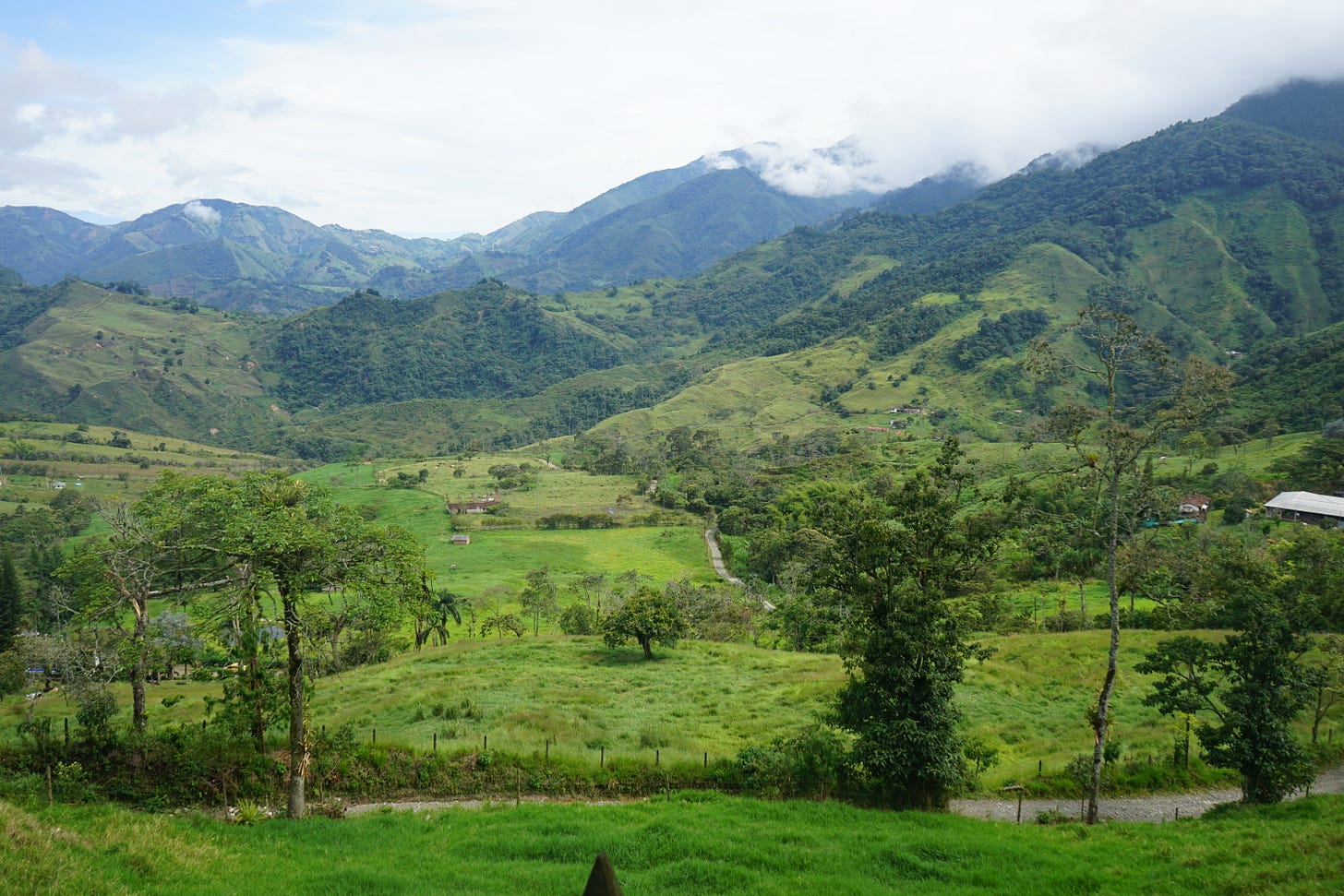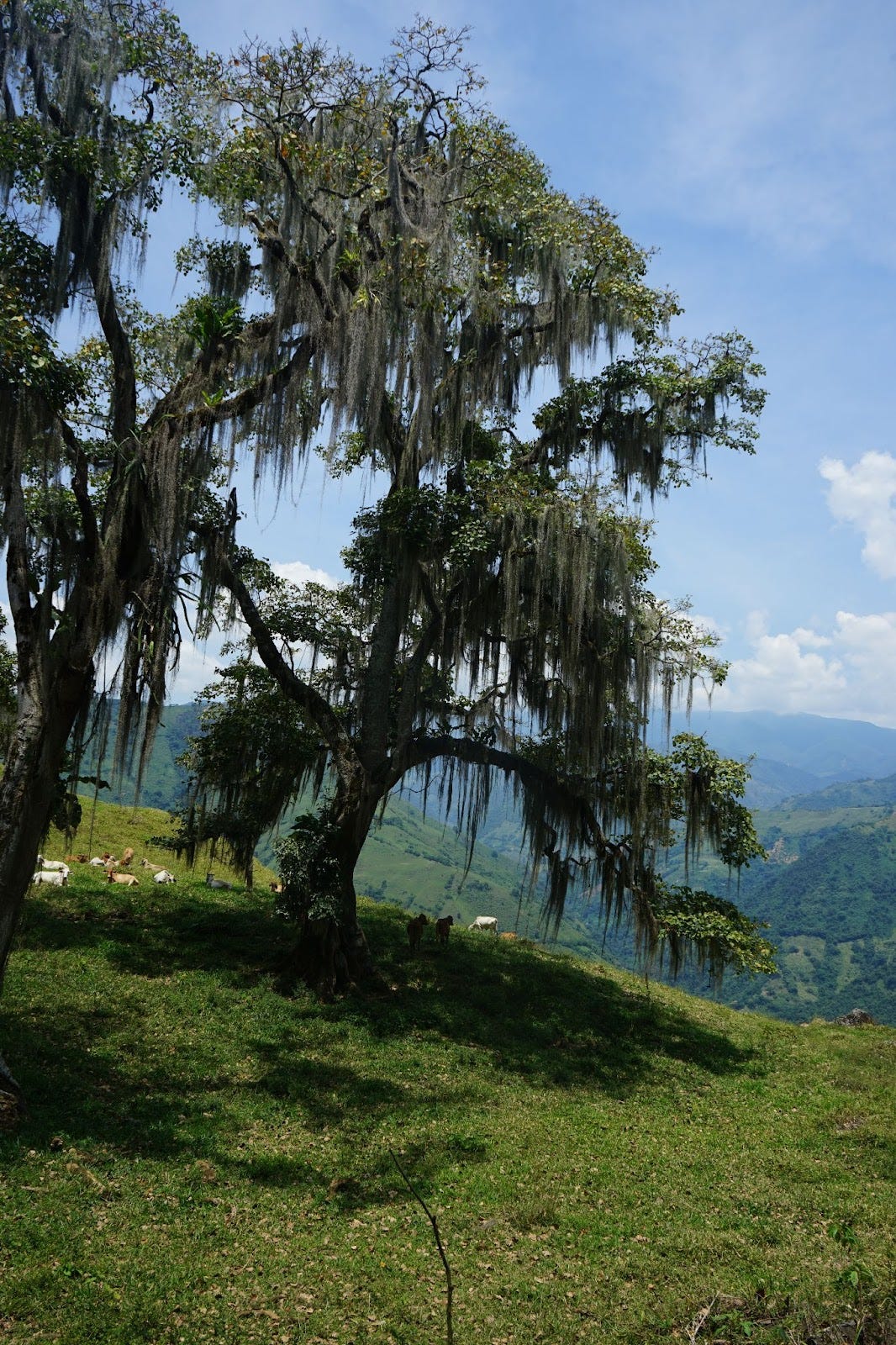How Cattle Killed This Town
The story of how a once-thriving Colombian town dwindled after, locals say, drug money arrived.
This week marks six months since we launched OffMap Media. From our original idea to publish multiple stories once a month in our Field Dispatches, we have moved to publish stories one at the time, more frequently. We are reorganizing OffMap so stories from the first Field Dispatches are easier to find. Today we are republishing our very first story.
A peaceful town is slowly dying. The population of Armenia has dropped in the past decades, showing that even towns spared direct violence have not escaped the secondary effects of the Colombian drug trade and conflict.
Armenia is located in the department of Antioquia. It stands as a fortress on top of a mountain towering over the Rio Cauca, Colombia’s second biggest river. The mountain’s slopes are mostly covered with large swats of grassland, habituated by cows grazing or escaping the heat under the few trees dotting the landscape.
It is this cattle that changed a prosperous town into a shadow of its former self. In the 1980s and 1990s, investors bought farms producing labor-intensive crops like coffee, beans, sugarcane, and corn, and turned them into cattle ranches. Consequently, the need for workers diminished.
"Farms that once employed 40 to 60 workers now require only one or two” Didier Herrera, a baker and amateur historian, told us. “Armenia has died," he said.
Of the 8,000 people who once lived here, only about 5,000 remained in 2018 according to Colombia’s latest census data. That number is now closer to 4,000, according to residents.
Colombia urbanized at a dizzying speed as armed conflict displaced whole communities from the countryside to the cities throughout the 20th and early 21st centuries. Armenia was one of the lucky towns that mostly escaped this brutal violence yet its population has collapsed.
Residents point to drug traffickers and their frontmen, who they say acquired much of the land for cattle ranching. In general, these deals require no violence. Farmers take the cash offers and leave, though many soon realize they have sold their land too cheap.
We could not find records or court cases on illicit funds used to purchase land in Armenia. Nor could we speak to the public prosecutor as the person who held that position had recently passed away and had not been replaced when we visited.
However, Colombian criminals often use cattle ranching for money laundering, paying for the land in cash and betting that its value will grow over time. The cattle ranching enterprise itself is usually a placeholder: one that requires minimal investment in labor while the criminals wait for the land to appreciate so they can realize their (now legal) profit.
In Armenia, the human cost of this shift from farming to ranching is undeniable. As agricultural jobs disappeared, so did its people.
“Today we have little coffee production and few workers, we’ve become a town of old people,” Rigoberto, a retired coffee farmer, said.






